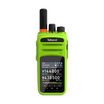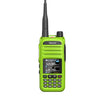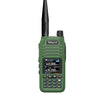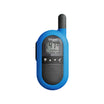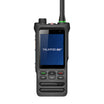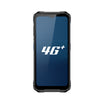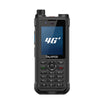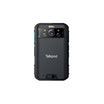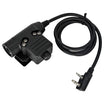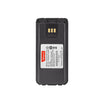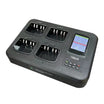What is Dynamic Group Number Assignment (DGNA)? Dynamic Group Number Assignment (DGNA) is an advanced feature in modern two-way radio systems, particularly digital mobile radio (DMR) platforms. DGNA allows for flexible and efficient group communications by enabling the dynamic assignment of talkgroup numbers to mobile stations or users.
How Does DGNA Work in Two-Way Radios? In a two-way radio system employing DGNA, users can be dynamically grouped into different talkgroups based on the operational requirements or specific incidents. Instead of being pre-assigned to fixed groups, mobile stations can join or leave talkgroups as needed, receiving new group numbers dynamically. This is typically managed by a central controller or dispatcher, who assigns these dynamic group numbers to ensure that relevant parties can communicate efficiently during operations.
For example, in the event of an emergency, a dispatcher can create a new talkgroup comprising units from different departments or areas and assign them a unique group number. The participating units receive this number and can immediately start communicating within this newly formed group.
Why are DGNA and Miscellaneous Communication Functions Important?
- Flexibility: DGNA allows for the quick formation of temporary talkgroups to address specific situations or tasks, enhancing operational flexibility.
- Efficiency: It reduces the need for pre-defined groups, making communication more targeted and reducing unnecessary radio traffic.
- Improved Response: Enables faster coordination among different teams or departments in response to emergencies or changing operational scenarios.
- Resource Optimization: Maximizes the use of available channels by grouping users dynamically, ensuring that resources are utilized where they are most needed.
In conclusion, Dynamic Group Number Assignment represents a significant shift towards more adaptive and responsive communication systems in two-way radio networks. By leveraging DGNA and similar miscellaneous communication functions, organizations can achieve higher levels of coordination and efficiency in their operations, especially in environments that require rapid response and flexibility.





